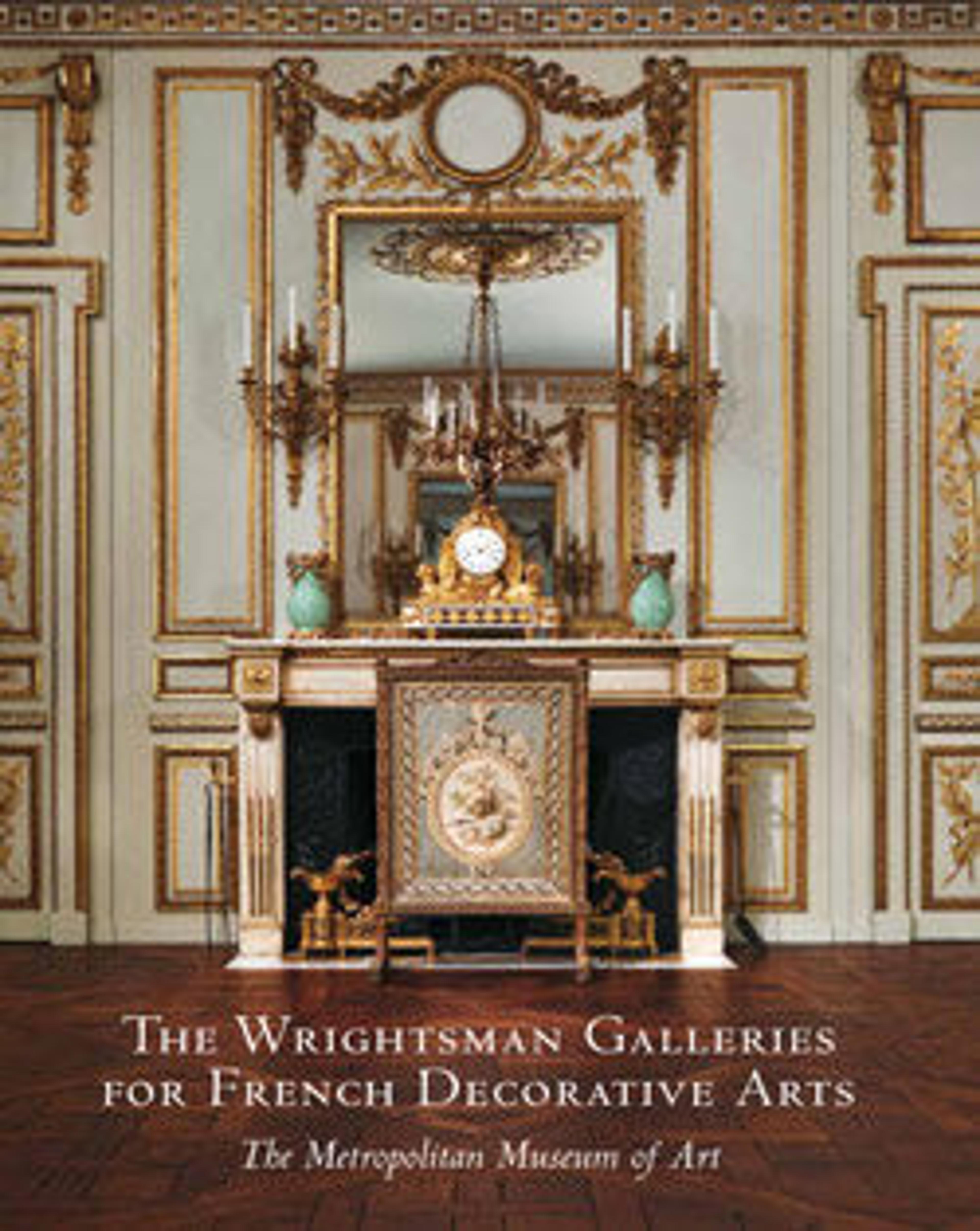Bowl with cover (Écuelle) (part of a traveling set)
Covered bowls such as this, known in France as écuelles, were intended for serving hot broth or soup. During the early eighteenth century, broth or bouillon was commonly consumed in the bedroom in the morning during the toilette, the elaborate washing and dressing ritual. The bowl’s cover kept the contents warm, and the broth could be sipped from the bowl by using the two handles, while bread rested on the stand (1974.356.680).
This gilt-silver écuelle is notable for its Rococo-style handles, composed of overlapping irregularly shaped cartouches, and for the chased decoration encircling the finial on the cover enriched with a waterfowl swimming among reeds, a goat, and sprays of flowers. This particular écuelle has retained its original protective tooled-leather case (1974.356.684).
This gilt-silver écuelle is notable for its Rococo-style handles, composed of overlapping irregularly shaped cartouches, and for the chased decoration encircling the finial on the cover enriched with a waterfowl swimming among reeds, a goat, and sprays of flowers. This particular écuelle has retained its original protective tooled-leather case (1974.356.684).
Artwork Details
- Title: Bowl with cover (Écuelle) (part of a traveling set)
- Maker: Probably by Joachim-Frédéric Kirstein I (master in 1729)
- Maker: Probably by Johann Friedrich Krug (master in 1739)
- Date: ca. 1756
- Culture: French, Strasbourg
- Medium: Silver gilt
- Dimensions: Overall (with handles): 4 1/2 × 11 5/8 in. (11.4 × 29.5 cm)
- Classification: Metalwork-Silver
- Credit Line: The Lesley and Emma Sheafer Collection, Bequest of Emma A. Sheafer, 1973
- Object Number: 1974.356.679a, b
- Curatorial Department: European Sculpture and Decorative Arts
More Artwork
Research Resources
The Met provides unparalleled resources for research and welcomes an international community of students and scholars. The Met's Open Access API is where creators and researchers can connect to the The Met collection. Open Access data and public domain images are available for unrestricted commercial and noncommercial use without permission or fee.
To request images under copyright and other restrictions, please use this Image Request form.
Feedback
We continue to research and examine historical and cultural context for objects in The Met collection. If you have comments or questions about this object record, please complete and submit this form. The Museum looks forward to receiving your comments.
